On July 24, 1411, more than 10,000 warriors gathered for the historically bloody Battle of Harlaw.
About 1,500 men are thought to have died in a bloodbath so notorious it became known as “Red Harlaw”.
More than 600 years later, the site outside Inverurie finds itself at the centre of another skirmish.
This time, conflict has erupted over plans to build a new house on the land where untold violence took place centuries ago.
Apex Homes applied to Aberdeenshire Council in a bid to get planning permission in principle for the property at Wester Harlaw.
The site sits near the C-listed Harlaw House.
It is also close to the Liggar’s Stone, a memorial installed to mark the deaths in the 15th century.
What happened in the Battle of Harlaw?
Donald, Lord of the Isles, advanced on Aberdeen with a 10,000 strong army in the summer of 1411.
They met another force, led by the Earl of Mar, at Harlaw and brutal fighting ensued.
It is believed that around 1,000 Highlanders and 600 north-east soldiers lost their lives in the ferocious clan battle.
The conflict was staged to resolve competing claims to the Earldom of Ross, but there was no clear victor.
The Earl of Mar claimed victory as Aberdeen was saved.
#OTD in 1411 the Battle of Harlaw was fought, one of the bloodiest in Scottish history. The forces of Alexander Stewart, earl of Mar, suffered more casualties overall, but the side led by Donald Macdonald, Lord of the Isles, had lost more of their leaders & so were forced to… pic.twitter.com/vDY6qyS9dm
— Dr Callum Watson (@vivstan211240) July 24, 2019
Battlefield development ‘rides roughshod over our history’
Eight objections against the plan were received from residents and the Scottish Battlefields Trust.
Writing on behalf of the battlefield charity, Dr Arran Johnston said the new house would “adversely impact” the historic ground.
Resident Emma Shovlin said it was a “totally inappropriate place to develop” and that it “rides roughshod over our history”.
While James Macdonald noted the battlefield site was of national significance and added: “We do not wish to see our ancestor’s graves being upset by further redevelopment.”
Isla Maitland also argued against the proposal saying: “I feel very strongly about protecting such areas from pointless development.
“Surely there are many more suitable sites.”
Worries house would ‘alter character’ of landscape
Inverurie Community Council voiced opposition to the plan too.
They said the development would have an impact on the listed Harlaw House and the “vital” archaeological site.
Meanwhile, the council’s archaeology team objected as they believed it would “clearly alter the character and setting of the battle landscape”.
Taking this feedback on board, council planners recommended the house plan be scrapped.
But Historic Environment Scotland gave their support to the application saying it would be “unlikely” to have an impact on the characteristics of the battlefield.
‘It makes sense for this application to be granted’
The application went before the Garioch area committee last month but members agreed to carry out a site visit first before making a final decision.
Members met again at Gordon House in Inverurie earlier today to consider the plan for a second time.
Against expectations, councillors voted to grant permission.
East Garioch councillor Dominic Lonchay said: “If we want to consider potential or existing historic sites then we are going to restrict ourselves with very little land to develop.
“There is already an existing cluster of dwellings so it would make sense for this application to be granted.”
Application determined by crucial vote
Fellow ward member, councillor Jim Gifford, said it was a “good use of the site”.
He explained: “The design is yet to come forward in detail but it sits nicely within a cohesive settlement of existing properties, some going back a long time.”
After going to a vote, the application was approved by eight to six.
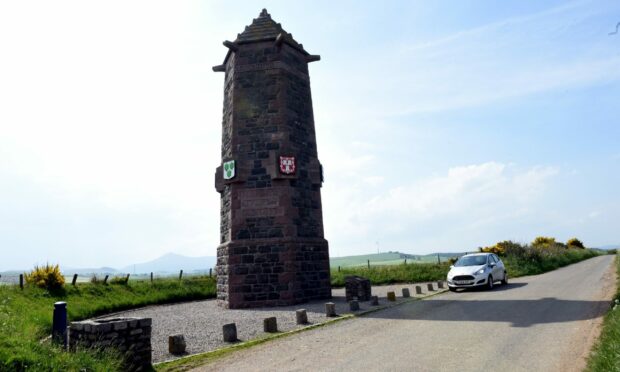
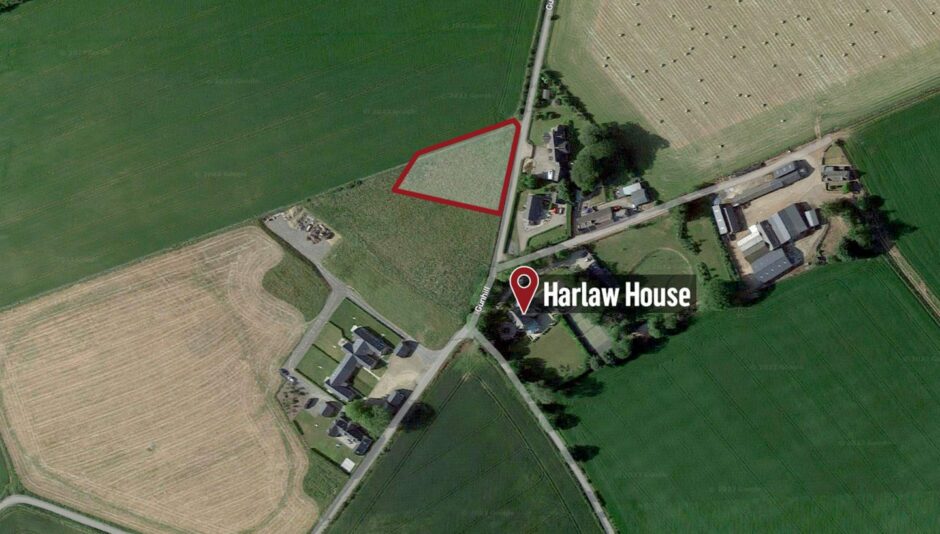


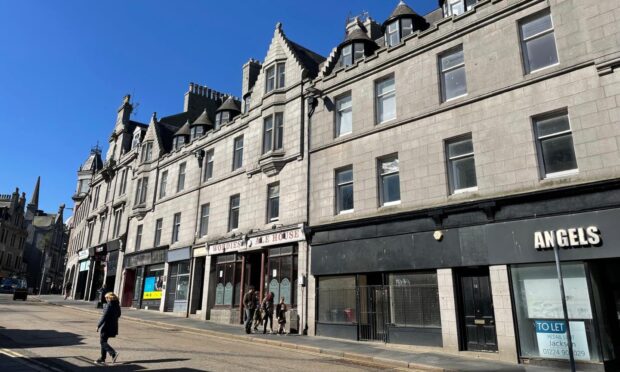
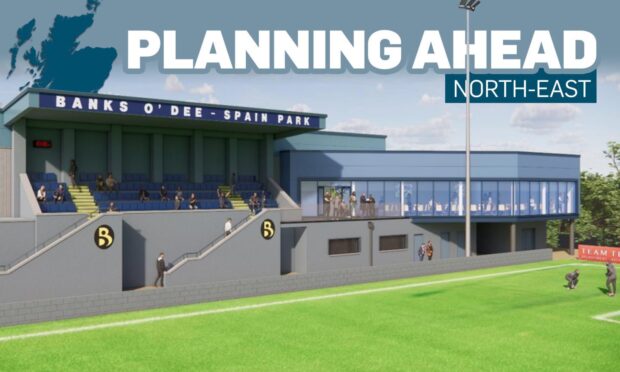
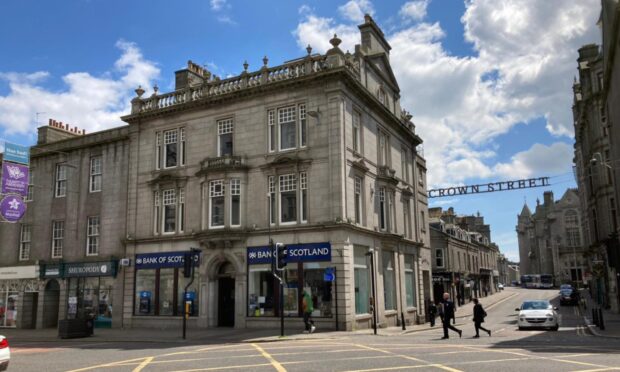
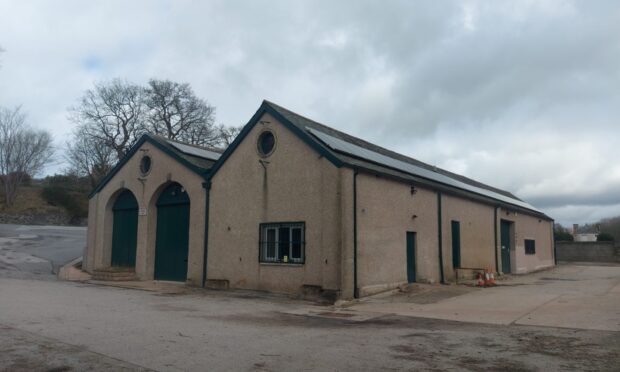
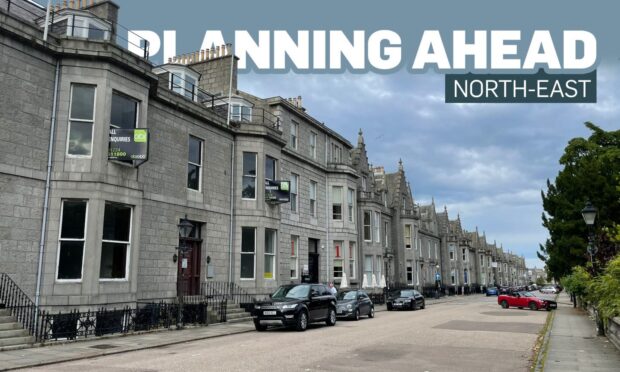
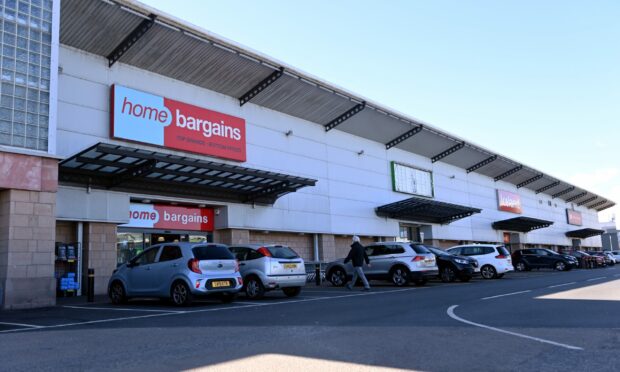
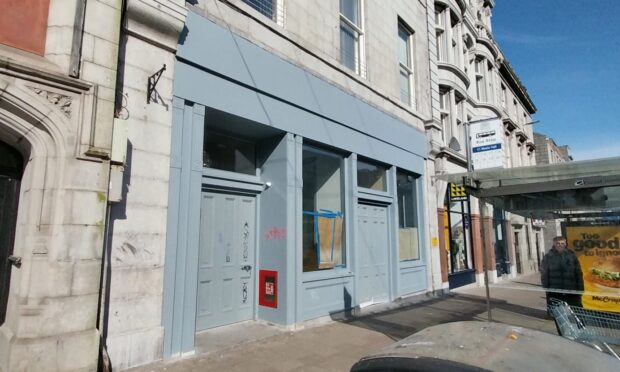
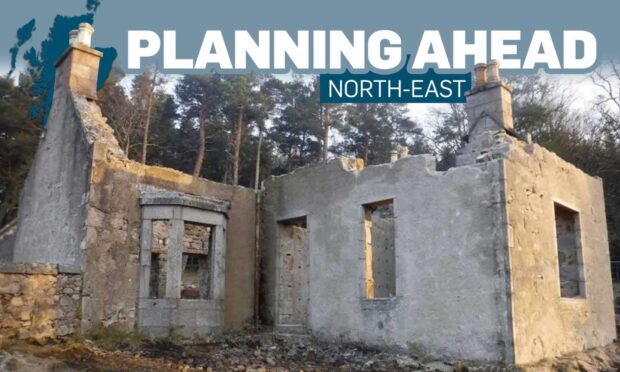
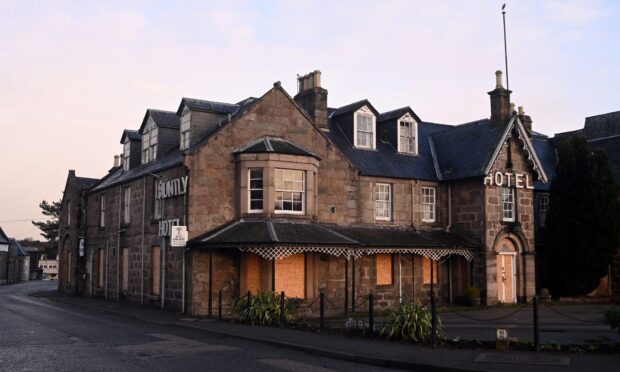
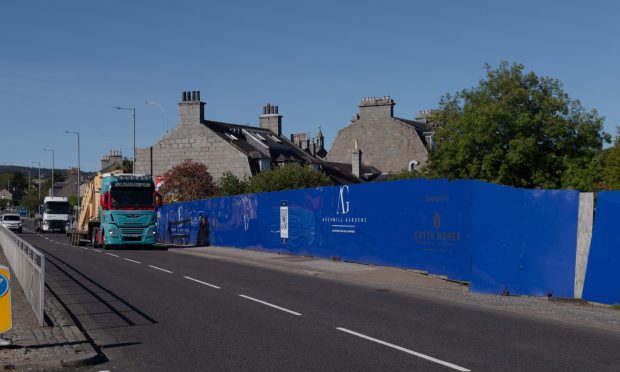
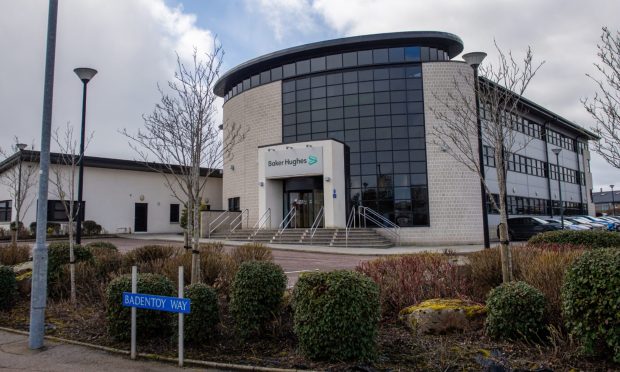
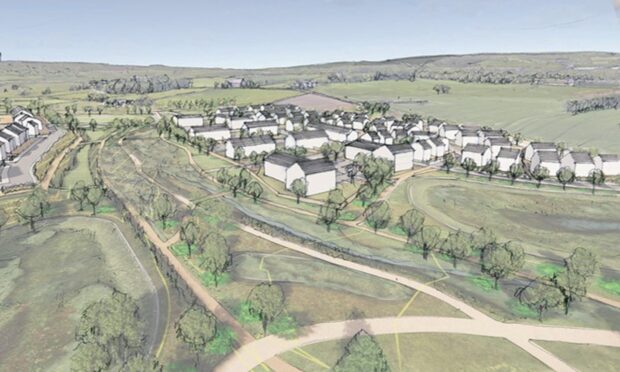
Conversation